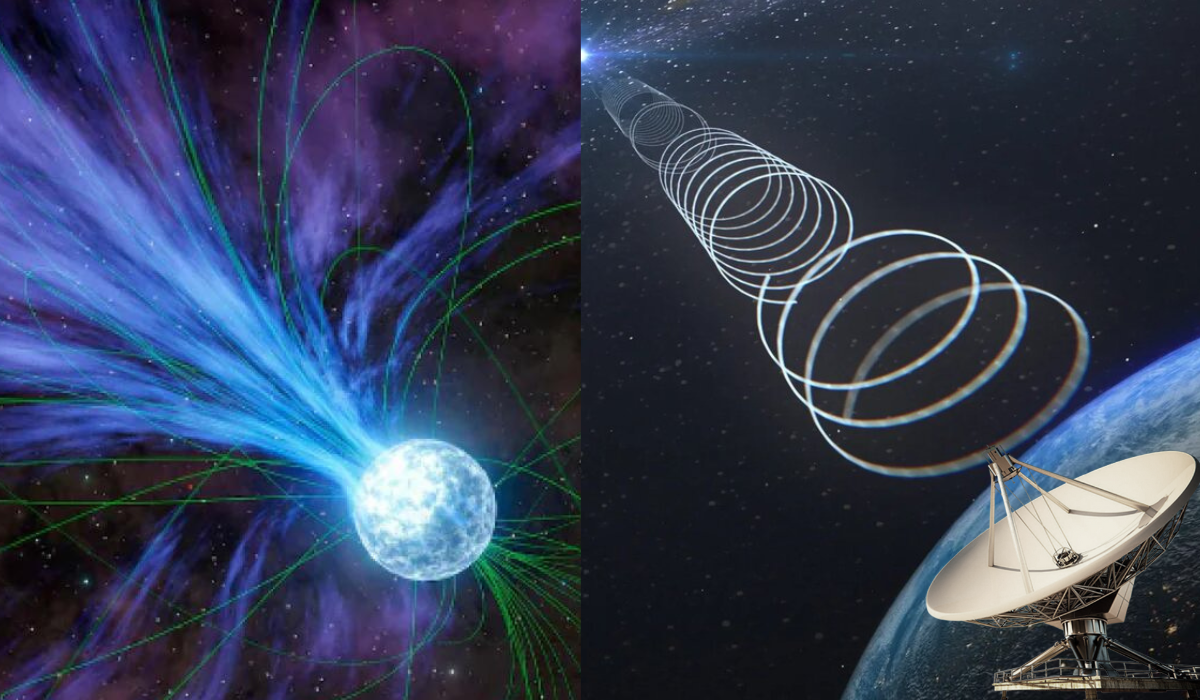A powerful burst of radio waves has reached Earth after an 8-billion-year journey through space, according to a recent study published in the journal Science. This signal, named FRB 20220610A, is one of the most distant and energetic radio signals ever recorded, providing scientists with a rare opportunity to study the universe’s early history.
What Are Fast Radio Bursts?
Fast radio bursts (FRBs) are intense flashes of radio waves that last only milliseconds. Their origins remain a cosmic mystery, with theories ranging from neutron stars to exotic celestial phenomena. FRB 20220610A originated from a distant galaxy, offering insights into processes beyond our usual reach.
A team led by Dr. Stuart Ryder from Macquarie University in Australia is investigating this cosmic event. Using advanced technology, they aim to uncover the source of FRBs and explore the fundamental workings of the universe.
FRBs, discovered in 2007, have intrigued scientists due to their brief but powerful nature. In the case of FRB 20220610A, the burst emitted an amount of energy in a fraction of a second equivalent to what the Sun produces over 30 years. This extraordinary release of energy is thought to be associated with magnetars, the highly energetic remnants of supernova explosions.
Uncovering the Source with ASKAP
To detect and trace the origin of this radio burst, astronomers utilized the Australian Square Kilometre Array Pathfinder (ASKAP). “ASKAP’s radio dishes allowed us to accurately pinpoint where the burst came from,” said Dr. Ryder. The team also used the European Southern Observatory’s Very Large Telescope to locate the source galaxy, which is older and farther away than any previously identified FRB origin.
Professor Ryan Shannon highlighted how FRBs could help address one of astronomy’s biggest mysteries — the ‘missing’ matter of the universe. “More than half of the normal matter that should exist today is unaccounted for,” he explained. The energy from FRBs allows scientists to measure ionized particles in space, helping to ‘weigh’ the universe and confirm the presence of this elusive matter.
This discovery also confirms the Macquart relation, a method developed by Australian astronomer Jean-Pierre Macquart in 2020. The relation helps scientists measure matter between galaxies using FRBs. “This detection reaffirms the Macquart relation, even for bursts that occur halfway across the universe,” Dr. Ryder noted.
FRBs are becoming a common cosmic event, and nearly 50 have already been traced back to their origins, with half of those discoveries made using the ASKAP telescope. These mysterious bursts are helping astronomers deepen their understanding of the universe, providing insights that were once beyond our grasp.
Discover more from
Subscribe to get the latest posts sent to your email.



























